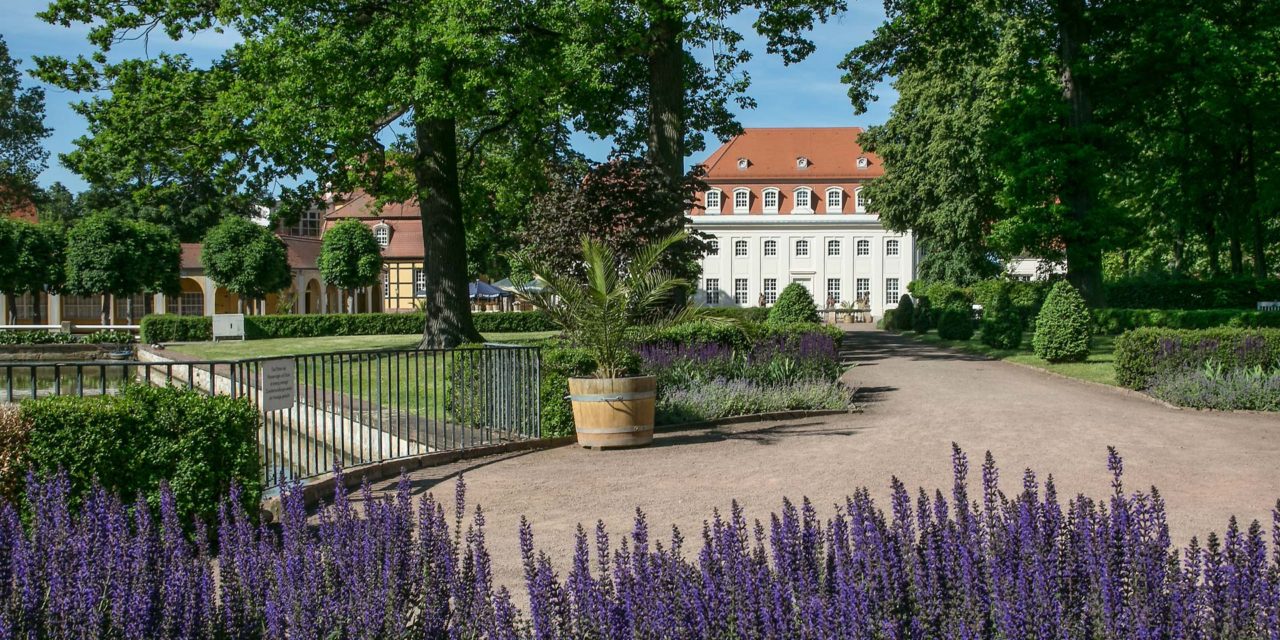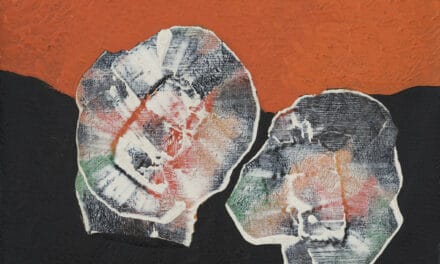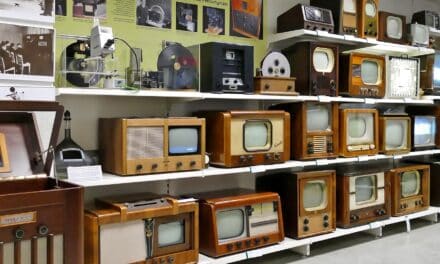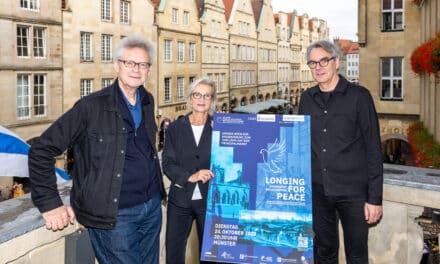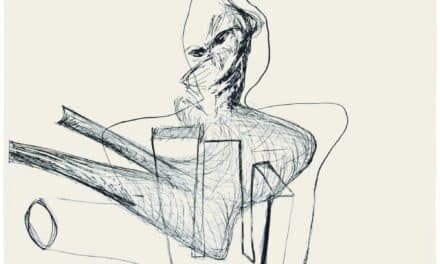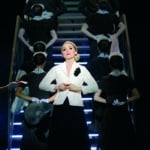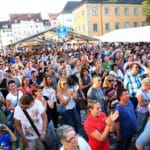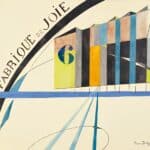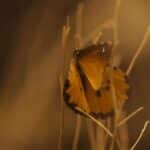The Goethe Theater
In the 18th and early 19th centuries, the healing powers of the mineral spring discovered in 1704 attracted a large number of guests seeking healing to Lauchstädt. Conveniently located between larger towns, the spa town developed into a meeting place for the wealthy and educated society of central Germany.
From 1791 at the latest, the artistic fame of the theater directed by Goethe increasingly determined the decision of contemporaries to travel to Lauchstädt. With the opening of the new playhouse on June 26, 1802, the historic seaside resort is regarded as an Arcadia of dramatic art in the bourgeois age.
The historic spa facilities
In 1704, during excavations on the site of today's spa gardens, spring water with a mysterious reddish color was discovered by chance. The respected Halle university professor Friedrich Hoffmann tested this water and certified 'that it was a healthy water which could be used with no small benefit in many particularly protracted illnesses (...)'.
The reigning dowager duchess Erdmuthe Dorothea zu Sachsen-Merseburg acquires the land near the castle and arranges for the spring to be enclosed with a wooden balustrade. Modest buildings and gardens are erected, allowing regular spa operations to begin around 1710. In 1713, Duke Moritz Wilhelm had a spa doctor and a fountain master appointed. Reports of unusual healing successes spread quickly and brought the new spa a lot of visitors from near and far. In 1735, a games room is set up at the spring to make the spa guests' stay more entertaining.
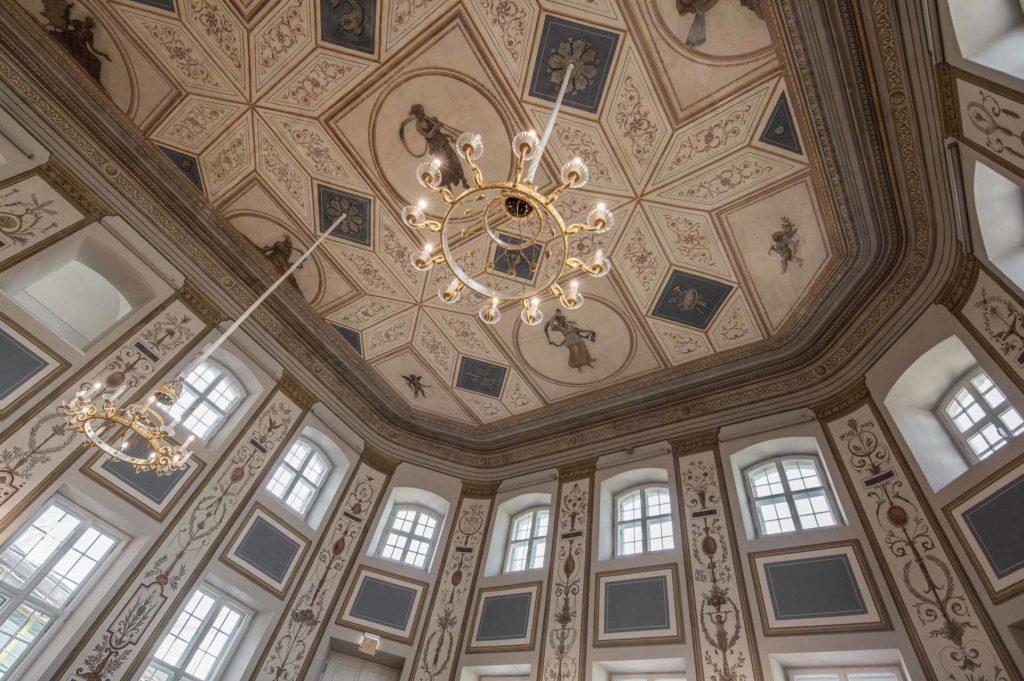
Historic Kursaal Bad Lauchstaedt © Historische Kuranlagen & Goethe-Theater Bad Lauchstädt GmbH

